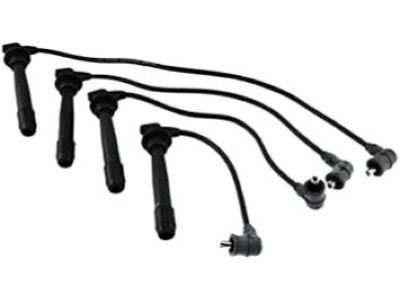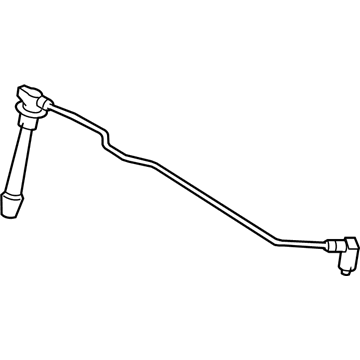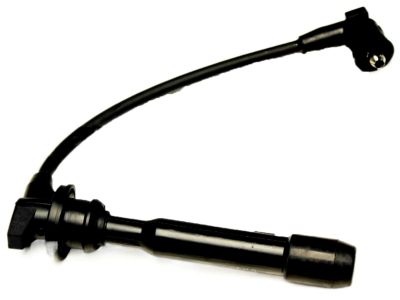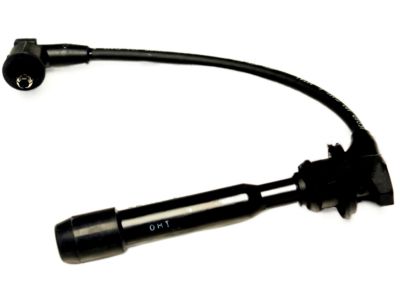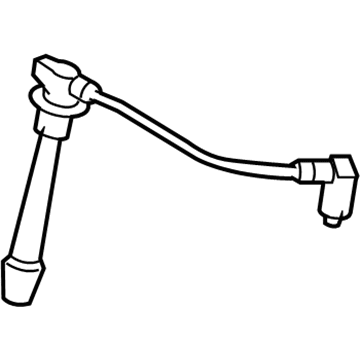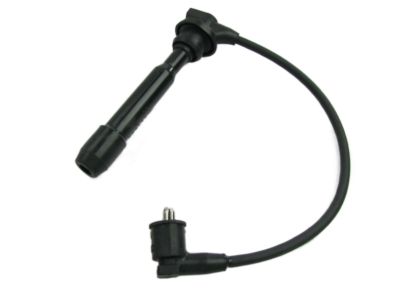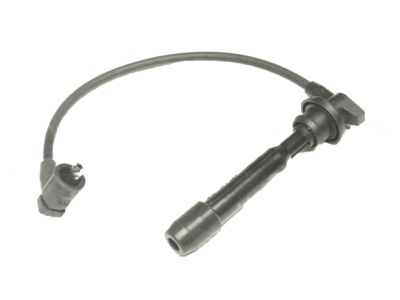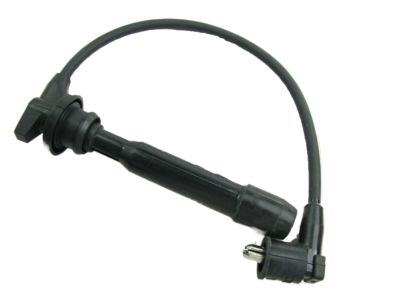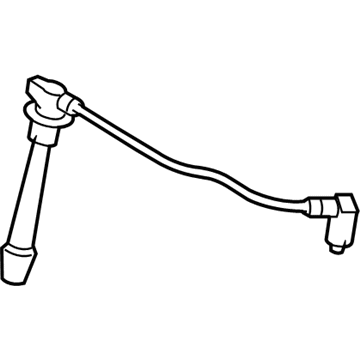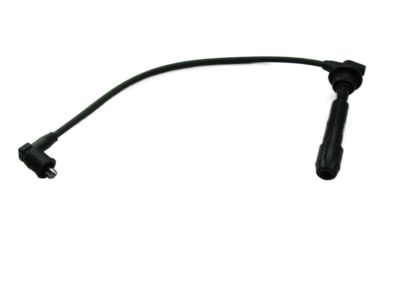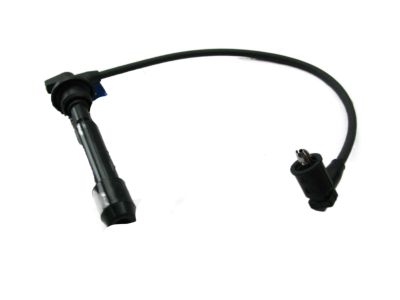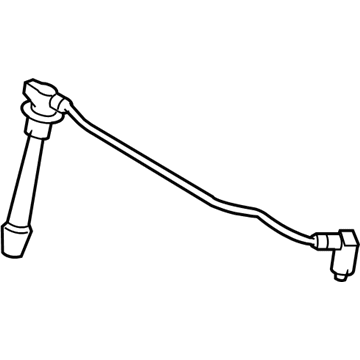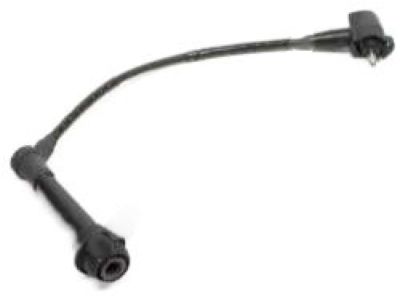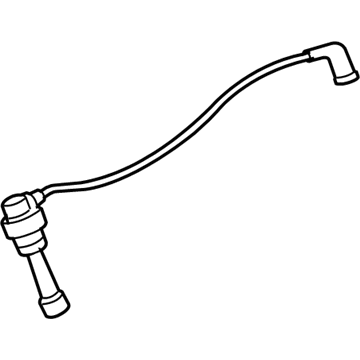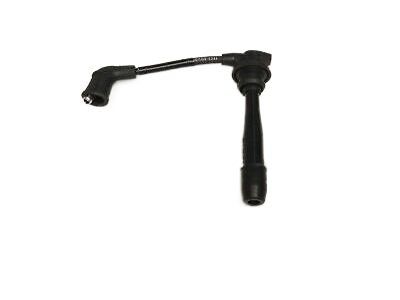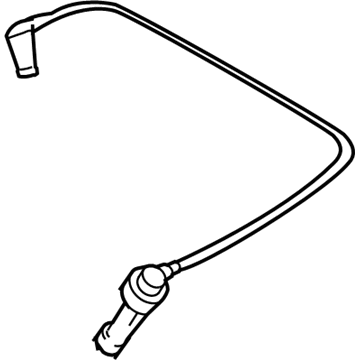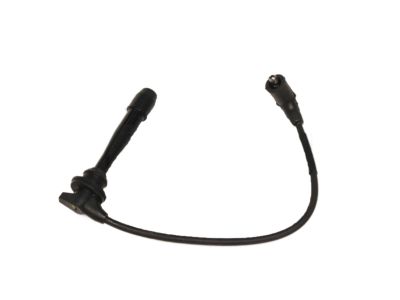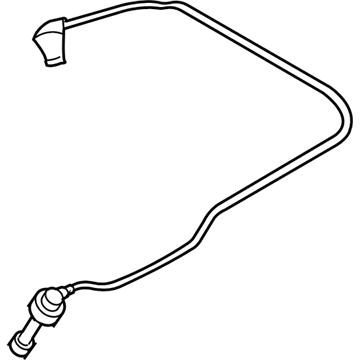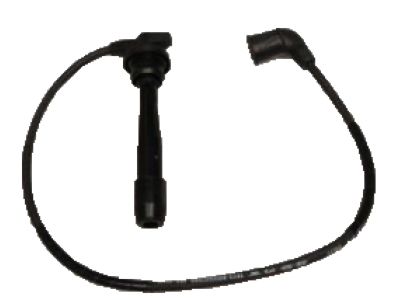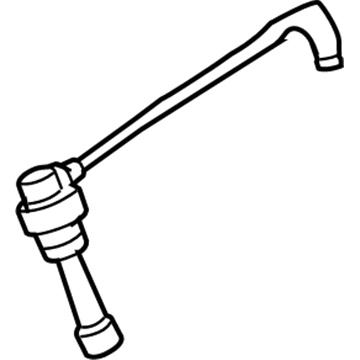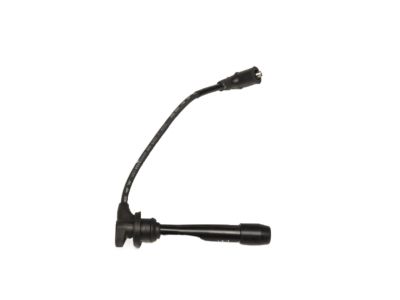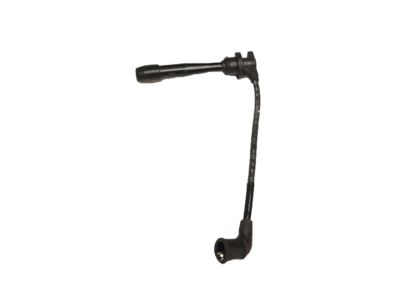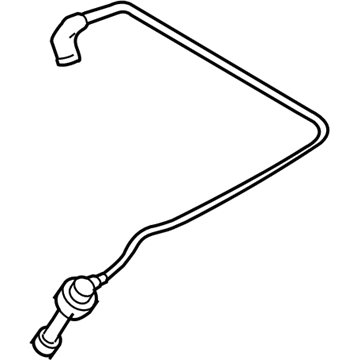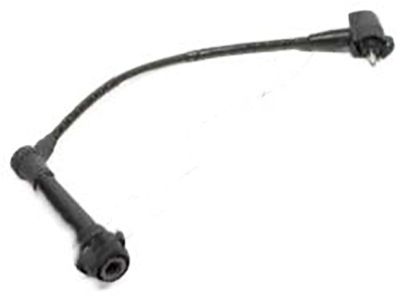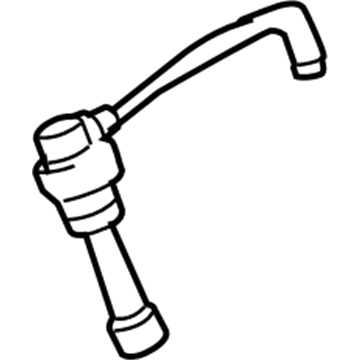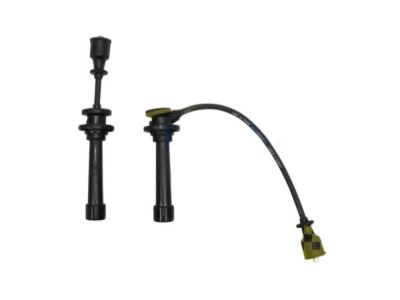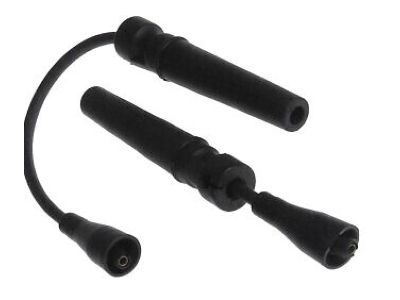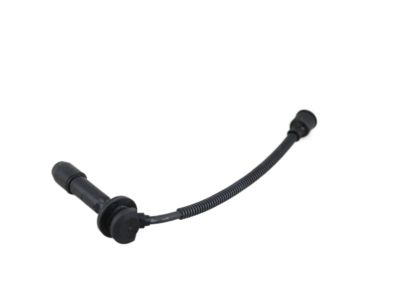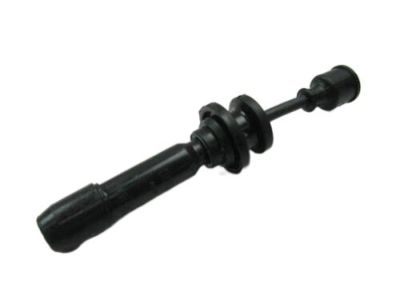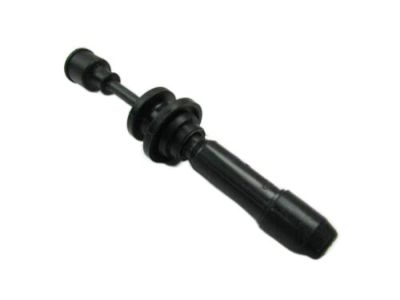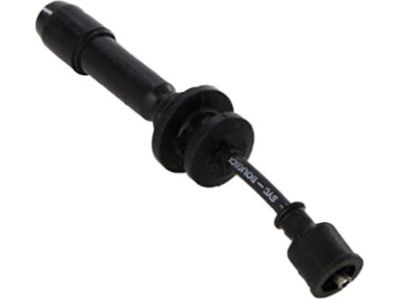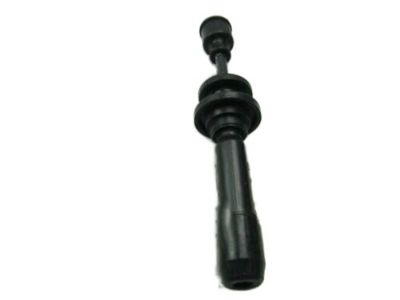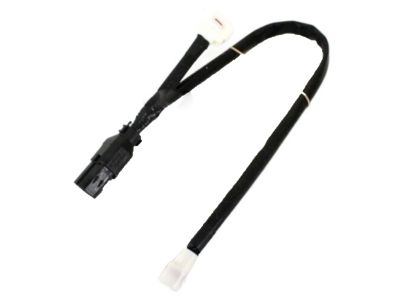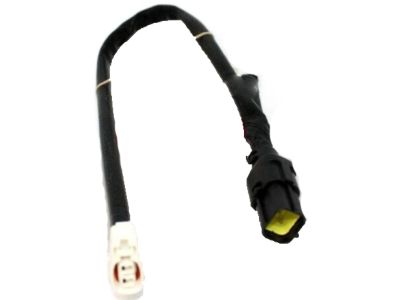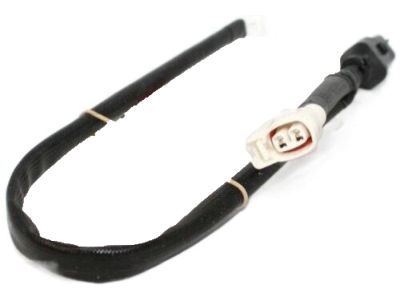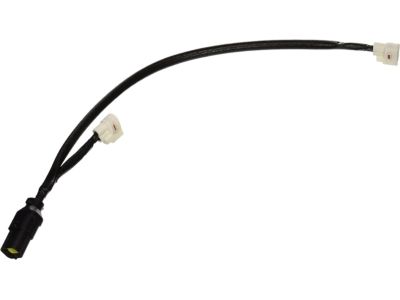×
- Hello
- Login or Register
- Quick Links
- Live Chat
- Track Order
- Parts Availability
- RMA
- Help Center
- Contact Us
- Shop for
- Kia Parts
- Kia Accessories

My Garage
My Account
Cart
Genuine Kia Sportage Spark Plug Wire
Spark Plug Ignition Wires- Select Vehicle by Model
- Select Vehicle by VIN
Select Vehicle by Model
orMake
Model
Year
Select Vehicle by VIN
For the most accurate results, select vehicle by your VIN (Vehicle Identification Number).
17 Spark Plug Wires found

Kia Sportage Spark Plug Cable Assembly No.1
Part Number: 2742023700$17.08 MSRP: $24.02You Save: $6.94 (29%)Ships in 1-2 Business Days
Kia Sportage Spark Plug Cable Assembly No.4
Part Number: 2745023700$17.06 MSRP: $24.00You Save: $6.94 (29%)Ships in 1-2 Business Days
Kia Sportage Spark Plug Cable Assembly No.3
Part Number: 2744023700$17.08 MSRP: $24.02You Save: $6.94 (29%)Ships in 1-2 Business Days
Kia Sportage Spark Plug Cable Assembly No.2
Part Number: 2743023700$17.08 MSRP: $24.02You Save: $6.94 (29%)Ships in 1-2 Business Days
Kia Sportage Spark Plug Cable Assembly No.1
Part Number: 2742037310$21.35 MSRP: $30.04You Save: $8.69 (29%)Ships in 1-2 Business Days
Kia Sportage Spark Plug Cable Assembly No.6
Part Number: 2747037200$17.08 MSRP: $24.02You Save: $6.94 (29%)Ships in 1-2 Business Days
Kia Sportage Spark Plug Cable Assembly No.2
Part Number: 2743037200$21.33 MSRP: $30.00You Save: $8.67 (29%)Ships in 1-2 Business Days
Kia Sportage Spark Plug Cable Assembly No.3
Part Number: 2744037310$21.35 MSRP: $30.04You Save: $8.69 (29%)Ships in 1-2 Business Days
Kia Sportage Spark Plug Cable Assembly No.4
Part Number: 2745037200$21.33 MSRP: $30.00You Save: $8.67 (29%)Ships in 1-2 Business Days
Kia Sportage Spark Plug Cable Assembly No.5
Part Number: 2746037310$21.34 MSRP: $30.02You Save: $8.68 (29%)Ships in 1-2 Business DaysKia Sportage Ignition Coil Wiring Assembly
Part Number: 0K01318052A$21.86 MSRP: $29.62You Save: $7.76 (27%)Ships in 1-3 Business Days


Kia Sportage Spark Plug Wire
If you're in search of top-notch, reasonably priced OEM Kia Sportage Spark Plug Wire, then you've found the perfect spot. Our website boasts an extensive inventory of Kia Sportage Spark Plug Wire, all priced at the market's premier price. Rest assured, every genuine part we offer comes with a warranty straight from the manufacturer.
Kia Sportage Spark Plug Wire Parts Questions & Experts Answers
- Q: How to check and replace spark plug wires and distributor components on Kia Sportage with no conventional distributor?A:For 1998 and later models without a conventional distributor, the plugs are fired by two coil-packs mounted on top of each plug in the valve cover. The coil-pack serves two cylinders, with one cylinder having a boot from the bottom of the coil-pack to the plug, and uses a plug wire from the coil to the other cylinder. It is necessary to examine sparkplug wires before fitting new sparkplugs for safe engine operation. Look for arcing or sparks at damaged areas while visually inspecting them with the engine running in a darkened ventilated area; replace wires if they arc and check distributor cap and rotor when engine has cooled down. If you need to maintain correct order while inspecting each Spark Plug cord individually number or mark tape can help you do so. Remove wire from spark plug, checking for corrosion inside boot and test resistance; replace wires if resistance exceeds maximum value. Make sure wire fits tightly on spark plug and clean length of wire looking for burns, cracks, or any other damage that would cause sharp bends. Remove wire from distributor cap or ignition coil checking for corrosion and good fit then put it back on again. Inspect all remaining spark plug wires making certain there are no loose connections between them and either distributor or spark plugs: replace as required. With distributors equipped models remove distributor cap, see whether it is cracked or not, look for worn out contacts, carbon tracks and burnt ones; ensure rotor is not spoiled by carbon tracks otherwise damaged parts should be replaced with new ones. Change caps one-by-one replacing an old one with a new one so as to maintain proper firing order when installing a fresh cap.
